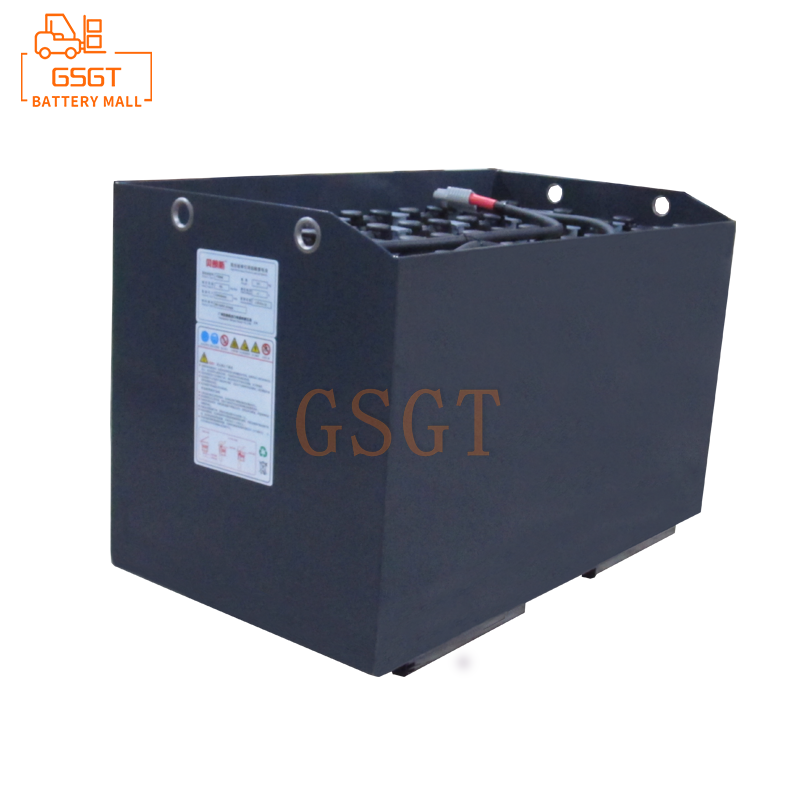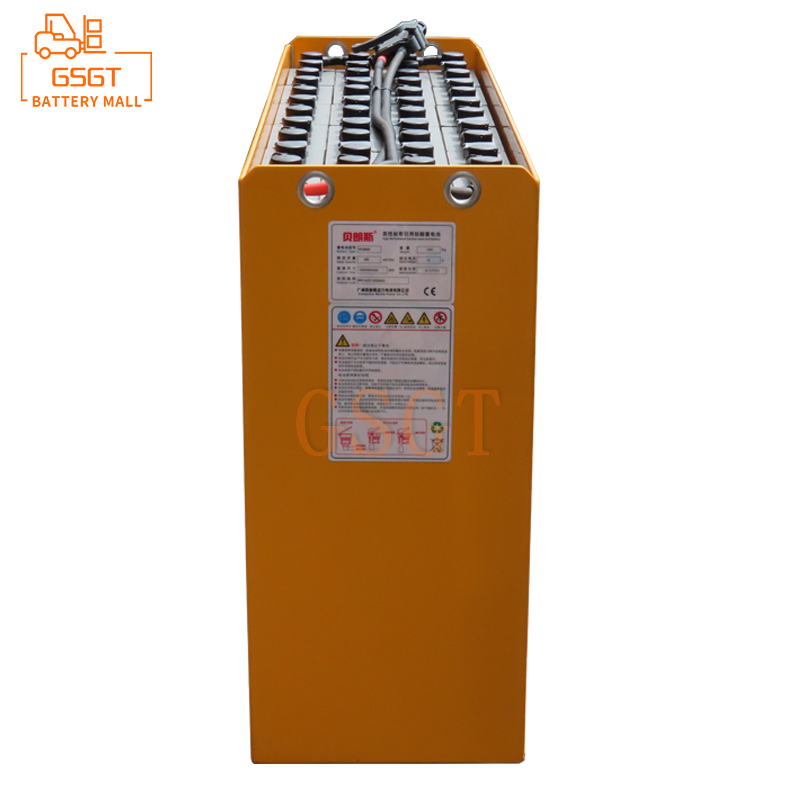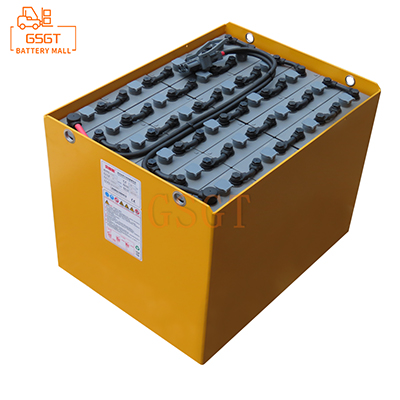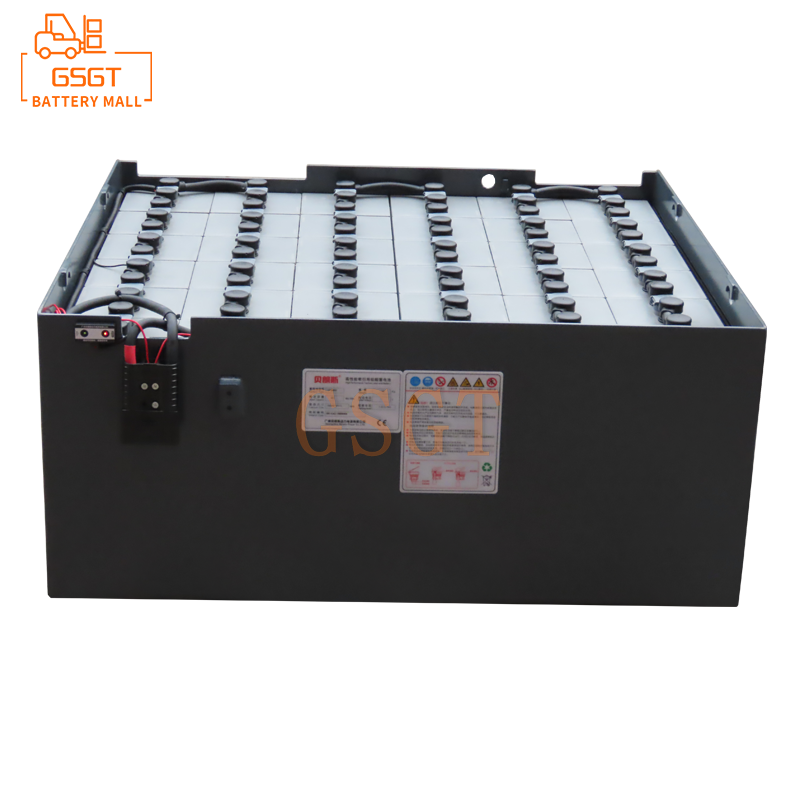Time:2025-03-14 11:20:18
Browse:271
In the map of modern energy applications, lead-acid batteries have always occupied an important place with their unique advantages. From the daily life of the electric bicycle, car starting power, to the industrial field of forklift, communication base station backup power, lead-acid batteries with stable performance silently support the operation of all kinds of equipment. However, its performance is not static, but is affected by a variety of factors, life, life and stability, behind these key performance indicators, there is a complex and exquisite principle.
Endurance: the cornerstone of energy output
The endurance capacity of the lead-acid battery is intuitively reflected in the time or distance that the device can continue to run under full charge. This performance mainly depends on the capacity of the battery and the energy output efficiency during discharge.
Battery capacity is measured in ampere-hours (Ah) and is a key indicator of how much power a battery stores. For example, the common electric bicycle lead-acid battery, the capacity is between 12Ah and 20Ah. Under ideal conditions, if the current of 1A continuous discharge, 12Ah capacity of the battery can theoretically power 12 hours. However, in the actual application scenario, the discharge current varies with the device load. For example, when the electric bicycle is climbing, carrying a large load or driving at high speed, the motor needs a larger current to drive, and the battery discharge current increases at this time, the driving range will be greatly shortened.
The energy output efficiency during discharge also affects the battery life. The working principle of lead-acid batteries is based on the electrochemical reaction of active substances on positive and negative plates with sulfuric acid in the electrolyte. In this process, not all the stored chemical energy can be efficiently converted into electrical output. As the discharge proceeds, resistance will be generated inside the battery, which consumes part of the energy and is lost in the form of heat energy, reducing the energy conversion efficiency. Battery aging, temperature changes and other factors can also have a negative impact on the energy output efficiency. In the cold winter, the viscosity of the electrolyte increases, the ion conduction speed slows down, and the internal resistance of the battery increases, resulting in a reduction in its actual output power, and the mileage of electric bicycles and other equipment may be shortened by 20%-40% compared with the normal temperature environment.
Service life: durable test
The life of a lead-acid battery refers to the number of cycles or the use time from the beginning of use until its performance declines to the point where it cannot meet the requirements of normal use. Its life is restricted by many factors, including the charge and discharge mode, the use environment and the quality of the battery itself.
Frequent deep charge and discharge damage the life of lead-acid battery. When the battery is over-discharged, the lead sulfate crystal particles on the plate will become larger and difficult to fully convert back to the active substance during charging, and over time, the effective reaction area of the plate will be reduced, the battery capacity will be reduced, and the life will be shortened. Take the car starting battery as an example, if the vehicle often travels short distances, the battery is not fully charged and discharged again after each start, for a long time, the battery may need to be replaced within 1-2 years; For the rational use of car batteries, regular deep charge and discharge maintenance, the service life can reach 3-5 years.
The temperature in the operating environment has a significant impact on battery life. Under high temperature environment, the chemical reaction rate of the battery is accelerated, the evaporation of electrolyte water is intensified, and the corrosion rate of the plate is accelerated, resulting in a significant shortening of the battery life. According to research, when the ambient temperature exceeds 40 ° C, the life of the lead-acid battery may be reduced by more than half. On the contrary, in a low temperature environment, the conductivity of the electrolyte deteriorates, the internal resistance of the battery increases, and the charging and discharging efficiency decreases, which will also affect the service life of the battery.
The quality of the battery itself is also a key factor in determining its life. High-quality lead-acid batteries are more refined in the production process, the lead alloy used in the plate has high purity, good corrosion resistance, and the quality of the partition is better, which can effectively prevent short circuit of the positive and negative plates and extend the battery life. Some well-known brands of lead-acid batteries, after strict quality control, under normal conditions of use, the number of cycles of charge and discharge is more, and poor quality products, the number of cycles may be much less.
Stability: Guarantee of reliable operation
Stability is the ability of the lead-acid battery to maintain its stable output performance under different conditions of use. This performance is related to the reliability and safety of equipment operation.
In the process of charge and discharge, the voltage stability of lead-acid battery is particularly important. Under ideal conditions, the voltage of the battery should drop smoothly when discharging, and the voltage can rise steadily to the set value when charging. But in practice, as the battery is used and aged, its voltage output will fluctuate. When the battery is near the end of its service life, the voltage may suddenly drop during discharge, resulting in the equipment not working normally, such as an electric bicycle suddenly losing power during driving. This voltage fluctuation not only affects the normal operation of the equipment, but also may cause damage to the electronic equipment connected to it.
In addition, the capacity stability of lead-acid batteries in the long-term use of the process is also concerned. Even under normal use conditions, with the increase of the number of charge and discharge cycles, the battery capacity will gradually decay. For applications that require high power supply stability, such as communication base stations, if the lead-acid battery capacity decays too quickly, the base station may not be able to provide sufficient backup power in the event of a mains outage, affecting the normal operation of the communication network.
In order to improve the stability of lead-acid batteries, manufacturers continue to improve technology. On the one hand, by optimizing the internal structural design of the battery, such as using a more reasonable plate layout, improving the electrolyte formula, etc., the voltage fluctuation and capacity attenuation of the battery in the charge and discharge process are reduced. On the other hand, the development of advanced battery management system (BMS), real-time monitoring of battery voltage, current, temperature and other parameters, according to the state of the battery automatically adjust the charge and discharge strategy, avoid the battery overcharge and discharge, so as to improve the stability and service life of the battery.
Battery life, life and stability of lead-acid batteries are interrelated and independent performance dimensions. Understanding the influencing factors behind these properties is of vital reference significance for users to rationally choose and correctly use lead-acid batteries, or for manufacturers to improve product design and improve product quality. With the continuous progress of technology, lead-acid batteries still have great potential in performance improvement, and are expected to play a more reliable and durable energy support role in more fields in the future.

$3075

$3810

$3405

$4045

MESSAGE
Professional And Efficient
Security
Affordable Price
Professional Services